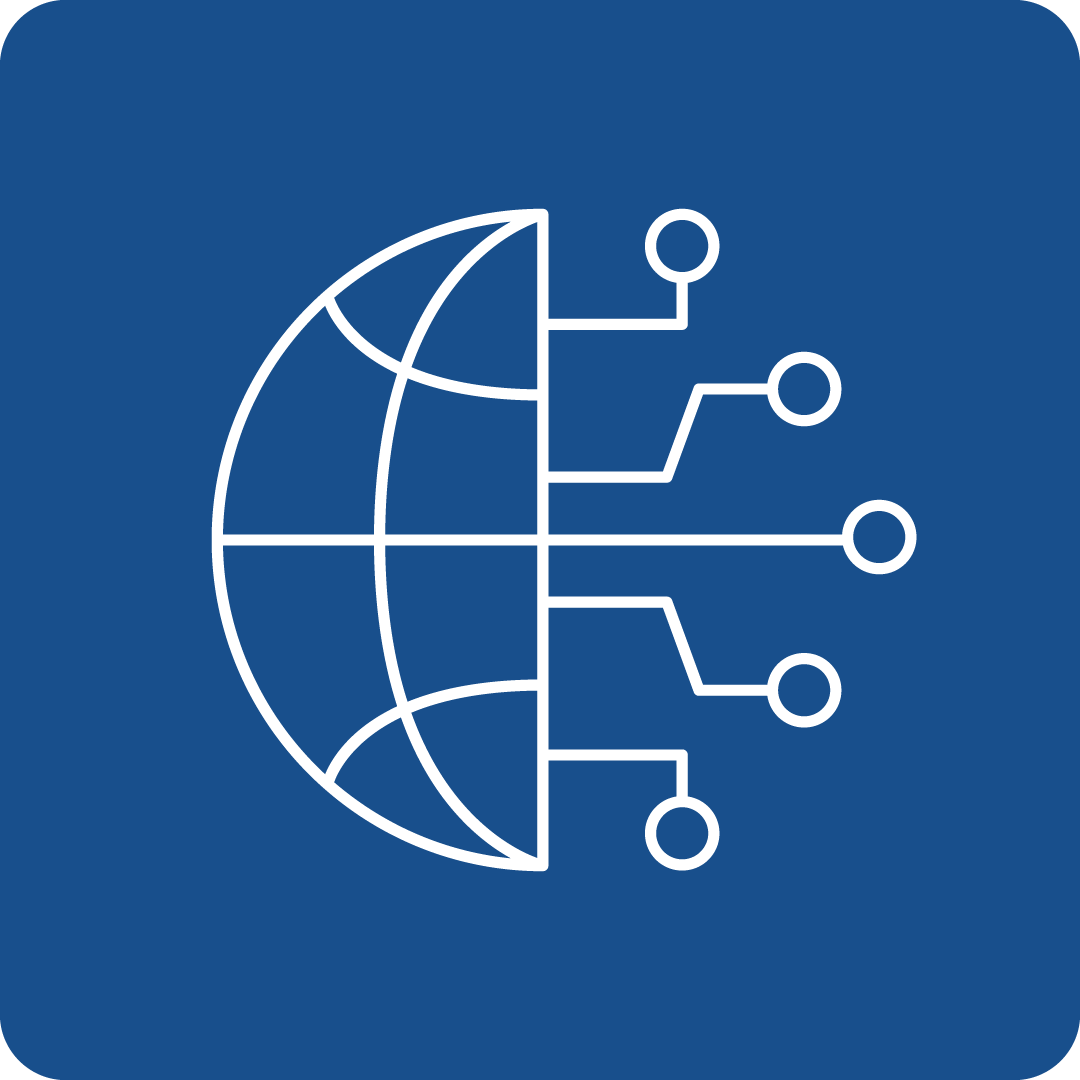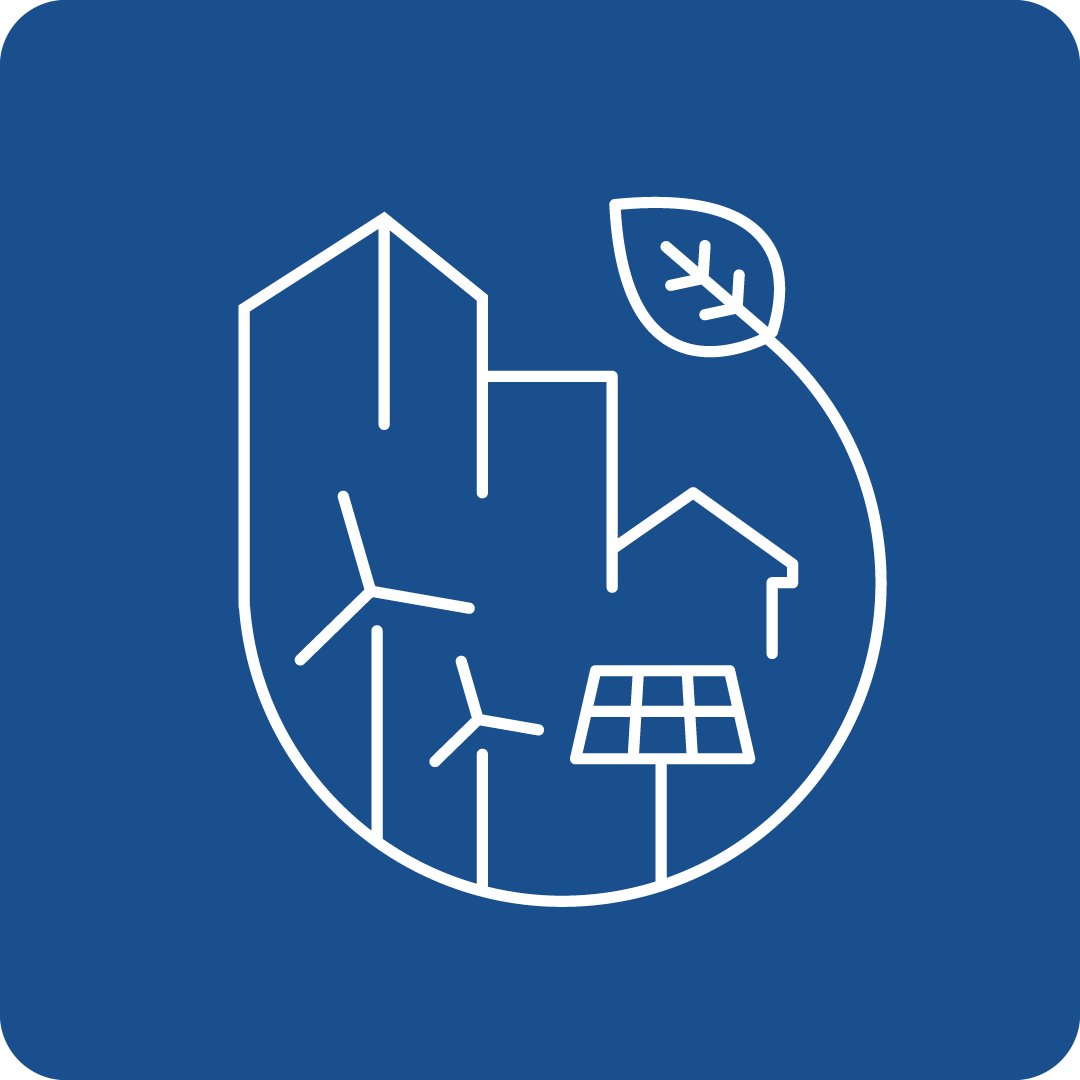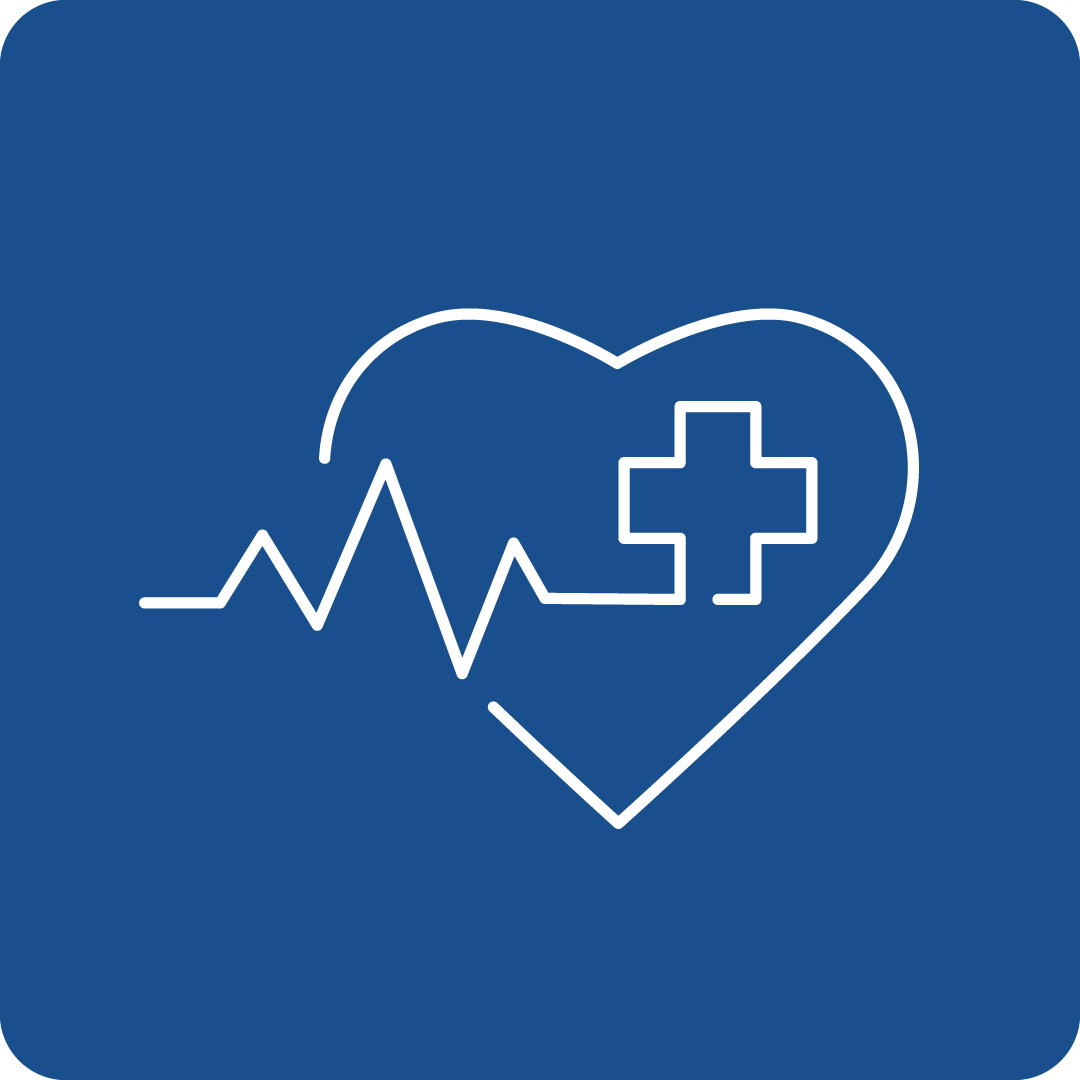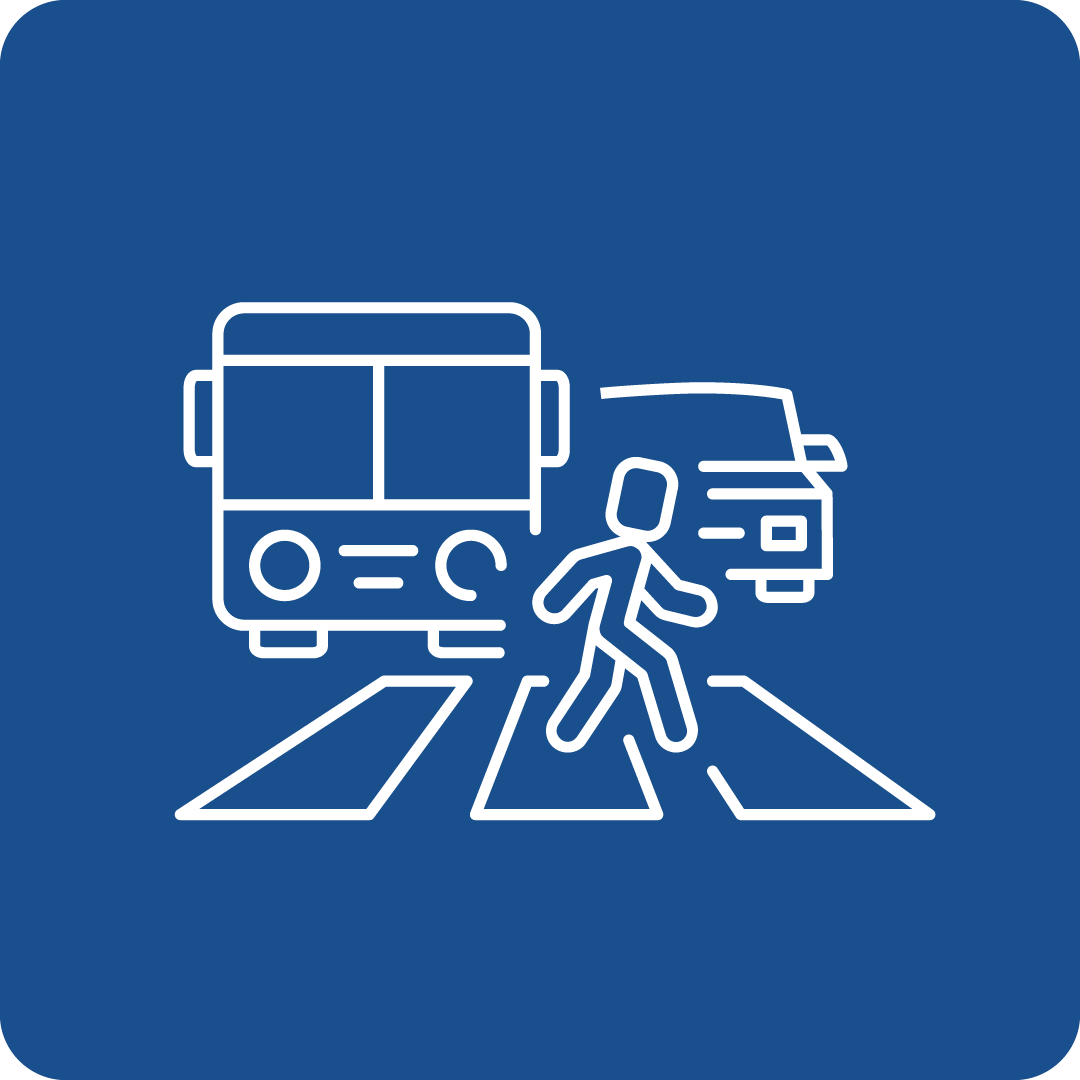Filter Search for grants
Call Navigation
Call key data
Strategic Innovation Open Call
Funding Program
European Institute of Innovation and Technology
deadlines
Opening
19.06.2025
Deadline
31.12.2028 17:00
Funding rate
65%
Call budget
€ 60,000,000.00
Estimated EU contribution per project
max. € 2,000,000.00
Link to the call
Call content
short description
EIT Urban Mobility invites innovators from across Europe to submit a proposal to its Strategic Innovation Open Call, designed to accelerate the deployment of impactful solutions that address the most pressing challenges in urban mobility.
Call objectives
The call focuses on supporting ambitious, market-critical projects that tackle clearly defined problems faced by cities, public authorities, and mobility providers. We aim to de-risk development and enable large-scale deployment by backing solutions with a clear path to market and the potential to scale across Europe.
Through this call, EIT Urban Mobility fosters innovation and strengthens Europe’s competitiveness by encouraging collaboration across the EIT Knowledge Triangle—education, research, and business—alongside a fourth essential partner: cities.
The Call will focus on five sectors in which we believe Europe has the potential to innovate and create impact:
- Urban logistics,
- Public transport,
- Mobility data management,
- Electrification of transport and alternative fuels, and
- Health and mobility.
In the future, the Call may also include specific topic scopes to address key market opportunities or urgent market failures that can be addressed through our funding.
read more
Expected effects and impacts
At EIT Urban Mobility we are looking for ambitious collaborative projects that accelerate the adoption of impactful innovation. To support this, we are refining our project frameworks to better accommodate initiatives with greater scale and vision. While we remain flexible in what we fund, a clear focus on commercialisation is a key pre-requisite — projects must demonstrate strong market potential and a credible path to market by the end of implementation. The solution/s should be designed for sale to external clients and replicable beyond the initial use case. Projects with an internal focus — such as those optimising own operations or lacking a clearly marketable product or service — will be considered out of scope. To this end, EIT Urban Mobility is seeking projects that respond to one of the following frameworks:
- Solution package projects: Projects developing and testing multiple solutions addressing a shared urban mobility challenge across one or multiple demonstration sites. The focus is on creating a cohort of scalable solutions for commercialisation rather than investing in a single, complex solution.
- Value chain projects: These projects unite key players across the value chain, ensuring all essential roles are integrated to make an innovation viable. Solutions (products, services, new business models or operational approaches) should address well-identified critical inefficiencies in industrial value chains or public-sector-driven challenges.
- Single solution projects: Projects supporting high-impact solutions that require longer times and budget for extended development, validation, and regulatory approvals to reach full market readiness.
To ensure strategic fit, all projects must demonstrate market criticality and propose a convincing path to market. We seek initiatives that address clearly defined urban mobility challenges aligned with policy priorities and pressing market or customer needs. At the same time, projects must go beyond prototyping and testing to cover essential steps such as certification, scalability, intellectual property protection, and preparation for commercialisation within the project timeframe.
read more
Expected results
The Call will focus on five sectors in which we believe Europe has the potential to innovate and create impact:
Urban logistics
- Solutions (products, services and business models) that reduce the negative externalities of urban logistics – such as congestion, emissions and noise – while enhancing efficiency, resilience, sustainability and integration with the urban environment, especially in last-mile operations.
- Innovative concepts for logistics hubs and digitally enabled solutions that foster greater collaboration among logistics operators, cities and users are particularly encouraged.
Public transport
- Solutions that strengthen public transport as the backbone of a resilient, sustainable, inclusive and multimodal mobility ecosystem, by improving its attractiveness and competitiveness – with the clear goal of attracting users away from private cars.
- New concepts, technologies and business models that enhance demand-responsive transport and integrate shared mobility services with public transit –aimed at improving first- and last-mile connectivity and expanding overall network coverage are encouraged.
Mobility data management
- Data-driven solutions that enhance the performance, efficiency and responsiveness of urban mobility systems through e.g. the use of advanced analytics, AI, quantum technology or real time data – in alignment with EU-level interoperability and data governance efforts (e.g. common data spaces, European data standards, open digital infrastructures). Solutions that enable cities and public authorities to make data-informed decisions – particularly for the design and implementation of Sustainable Urban Mobility Plans (SUMPs), inclusive/participatory planning and citizen engagement, resilience and disruption response, or regulatory monitoring and enforcement (e.g. Low Emission Zones) – are particularly encouraged.
- All solutions should adhere to principles of data privacy, interoperability, replicability and scalability, while demonstrating a clear pathway to sustainable deployment and uptake.
Electrification of transport and alternative fuels
- Solutions that advance zero-emission urban mobility through innovation across the electrification value chain, vehicles, new battery technologies, smart /dynamic charging infrastructure, grid integration or life battery extension, reuse and recycle.
- Alternative fuels solutions such as hydrogen applications, that support early adoption, reducing initial or operative costs, offer integrated solutions to the urban environment, and are viable to scale-up.
Health and mobility
- Solutions that promote active mobility as a foundation for healthier urban lifestyles, by improving safety, convenience, inclusivity and integration within the urban environment, facilitating a modal shift towards active modes. Proposals should go beyond typical behavioural change campaigns, to include innovative and market-oriented solutions that strengthen the European cycling industry and align with the goals of the European Declaration on Cycling. Digital or public space design innovations must demonstrate a disruptive approach and clear potential for adoption by public authorities.
- This topic also includes innovations that monitor, reduce, or mitigate the health impacts of air and noise pollution in urban mobility systems – including solutions for cleaner transport, reduced exposure, and health-informed planning.
read more
Eligibility Criteria
Regions / countries for funding
Moldova (Moldova), Albania (Shqipëria), Armenia (Հայաստան), Bosnia and Herzegovina (Bosna i Hercegovina / Босна и Херцеговина), Faeroes (Føroyar / Færøerne), Georgia (საქართველო), Iceland (Ísland), Israel (ישראל / إِسْرَائِيل), Kosovo (Kosova/Kosovë / Косово), Montenegro (Црна Гора), Morocco (المغرب), New Zealand (Aotearoa), North Macedonia (Северна Македонија), Norway (Norge), Serbia (Srbija/Сpбија), Switzerland (Schweiz/Suisse/Svizzera), Tunisia (تونس /Tūnis), Türkiye, Ukraine (Україна), United Kingdom
eligible entities
Education and training institution, Non-Profit Organisation (NPO) / Non-Governmental Organisation (NGO), Other, Private institution, incl. private company (private for profit), Public Body (national, regional and local; incl. EGTCs), Research Institution incl. University, Small and medium-sized enterprise (SME)
Mandatory partnership
Yes
Project Partnership
This is a multi-beneficiary call for proposals and therefore there must be a minimum of two independent legal entities, working together. These entities must be established in two different European Member States, and/or Third countries associated with Horizon Europe. At least one partner should be identified as the lead commercial partner and is responsible for the contribution to the EIT Urban Mobility Financial Sustainability Mechanism.
For information on special cases, including Switzerland and Hungarian universities please refer to the Call Manual.
While there are no other formal restrictions on consortium composition, it is essential that consortia are fit for purpose. The consortium must include all organisations essential to both the successful execution of the project and, importantly, the future commercialisation of the developed solutions at scale - each with a defined role and appropriate budget allocation. This typically includes, but is not limited to: companies aiming to commercialise all proposed solution(s); pilot hosts such as cities, public transport operators, or mobility providers; relevant knowledge or technology providers; or any other entities required to enable market entry, such as certification bodies or regulatory advisors. Importantly, consortia should remain balanced and streamlined, ensuring that the number of partners is appropriate to maintain efficiency, agility, and effective collaboration throughout the project.
The total estimated funding allocated to this Call is 60 million EUR for the period 2026-2028 and has multiple cut-off dates The indicative funding for the first submission cut-off is: 9 million EUR.
other eligibility criteria
EIT Urban Mobility is Europe's largest community for urban mobility innovation. If an application is selected for funding, then all applicants will be required to become a member of our community and pay the corresponding membership fee: https://www.eiturbanmobility.eu/our-community/become-a-partner/. If you join the consortium as a commercial partner and sign a Commercial Agreement with EIT Urban Mobility, the community membership will be included, giving you access to exclusive partner benefits.
By partnering with EIT Urban Mobility, you will tap into a dynamic network and have the opportunity to collaborate with top innovators, enhance your visibility, access crucial funding opportunities, and test your ideas in real-world environments. Details on available membership categories and annual fees are available on the General Terms and Conditions for Partners for you to select the one that suits you best. Membership conditions and fees may be updated to align with EIT Urban Mobility 2026–2028 Business Plan and individual project timelines. Any changes will be communicated well in advance.
Some of the exclusive benefits you will receive as a partner of EIT Urban Mobility are:
- Shaping the future of cities: exchange on real-life solutions with city leaders to tackle today’s urban mobility challenges.
- Building powerful partnerships: connecting top innovators across public and private sectors to drive systemic change.
- Backing bold innovation: helping you test, launch, and scale new mobility solutions faster than ever.
- Amplifying your impact: getting your projects in front of the right stakeholders—at EU, national, and local levels.
- Growing top talent: offering access to Europe’s top urban mobility education and skills programmes.
Our mission is to support partners of EIT Urban Mobility by empowering an ecosystem of front-seat innovators from the public and private sector, driving forward the transition towards sustainable urban mobility.
Additional information
Topics
Relevance for EU Macro-Region
EUSAIR - EU Strategy for the Adriatic and Ionian Region, EUSALP - EU Strategy for the Alpine Space, EUSBSR - EU Strategy for the Baltic Sea Region, EUSDR - EU Strategy for the Danube Region
UN Sustainable Development Goals (UN-SDGs)
![]()
![]()
![]()
![]()
project duration
max. 24 months
Additional Information
The Strategic Innovation Open Call is open from 2026-2028 with several cut-off dates as outlined below. The assessment of the proposals involves two stage: Stage 1 is the expert evaluation of proposals submitted via the EIT Urban Mobility NetSuite platform (see section 4.2 of the Call Manual for submission steps), followed by Stage 2, which includes a panel hearing and selection by the Selection Committee.
Key dates are:
- Call opens: 19 June 2025
- Info sessions: 1-3 July 2025 (see below section ‘Info Webinars’ for further information)
- Deadlines to apply: All submission windows close at 17.00 CET on the published cut-off date.
- 1st cut-off date: 23 September 2025 - funding allocation € 9,000,000
- 2nd cut-off date: February 2026 - funding allocation € 15,000,000
- 3rd cut-off date: June 2026 - funding allocation € 18,000,000
- 4th cut-off date: February 2027 - funding allocation € 12,000,000
- 5th cut-off date June 2027 - funding allocation € 6,000,000
- Eligibility and admissibility check: Up to 1 week post-submission cut-off
- Evaluation and invitation to panel hearings: Up to 6 weeks post-submission cut-off
- Panel hearings and portfolio selection: Approximately 2 weeks post invitation to Panel Hearings
- Communication of results: Approximately 2 weeks post-Panel Hearings
- Start of the projects: Approximately 4 weeks post-communication of results
Before starting to draft a proposal, all applicants (Project Leader and consortium partners) must follow the following steps:
- Step 1: register your organisation in the EU Funding & tender opportunities portal to obtain the nine-digit Participant Identification Code (PIC number). If you don’t know if your organisation already has a PIC number, you can verify directly on the EU Portal whether your organisation is already registered.
- Step 2:
- If you are already registered in the EIT Urban Mobility NetSuite platform (NetSuite) please log in by going to step 3.
- If you have never registered in NetSuite, please complete the Partner Information Form (PIF). If the system denies your registration because the PIC number corresponds to an already registered entity, or because your email address is associated with an existing entity, please contact servicedesk@eiturbanmobility.eu
- EIT Urban Mobility may take up to two working days to process your registration in NetSuite and cannot guarantee last-minute registration requests, especially during peak periods close to the call deadline. Therefore, all project partners are strongly advised to complete their registration several days in advance to ensure successful and timely submission.
- Step 3: Then, for each proposal, the Project Leader must complete the following step:
- access the EIT Urban Mobility NetSuite platform and find under menu --> Call for Proposals --> Open Calls. Submit your application form within the given deadline, including the following supporting documentation:
- Pitch deck (PDF or PPT format) (mandatory)
- Latest deposited annual report and latest available profit & loss statement and balance sheet (or other/additional documentation that helps assess a company’s financial standing) from for ALL organisations in the consortium identified as a commercial partner (mandatory)
- Other supporting documents:
- Letter of commitment/support (if applicable)
- Freedom to operate study (recommended),
- A link to a one-minute video demonstrating the current technological maturity of the solution (recommended).
- access the EIT Urban Mobility NetSuite platform and find under menu --> Call for Proposals --> Open Calls. Submit your application form within the given deadline, including the following supporting documentation:
Applications missing any of the mandatory supporting documents or submitting blank or wrong documents will be automatically rejected during the admissibility and eligibility check.
Call documents
Strategic Innovation Open Call - ManualStrategic Innovation Open Call - Manual(518kB)
Contact
To see more information about this call, you can register for free here
or log in with an existing account.
Log in
Register now




